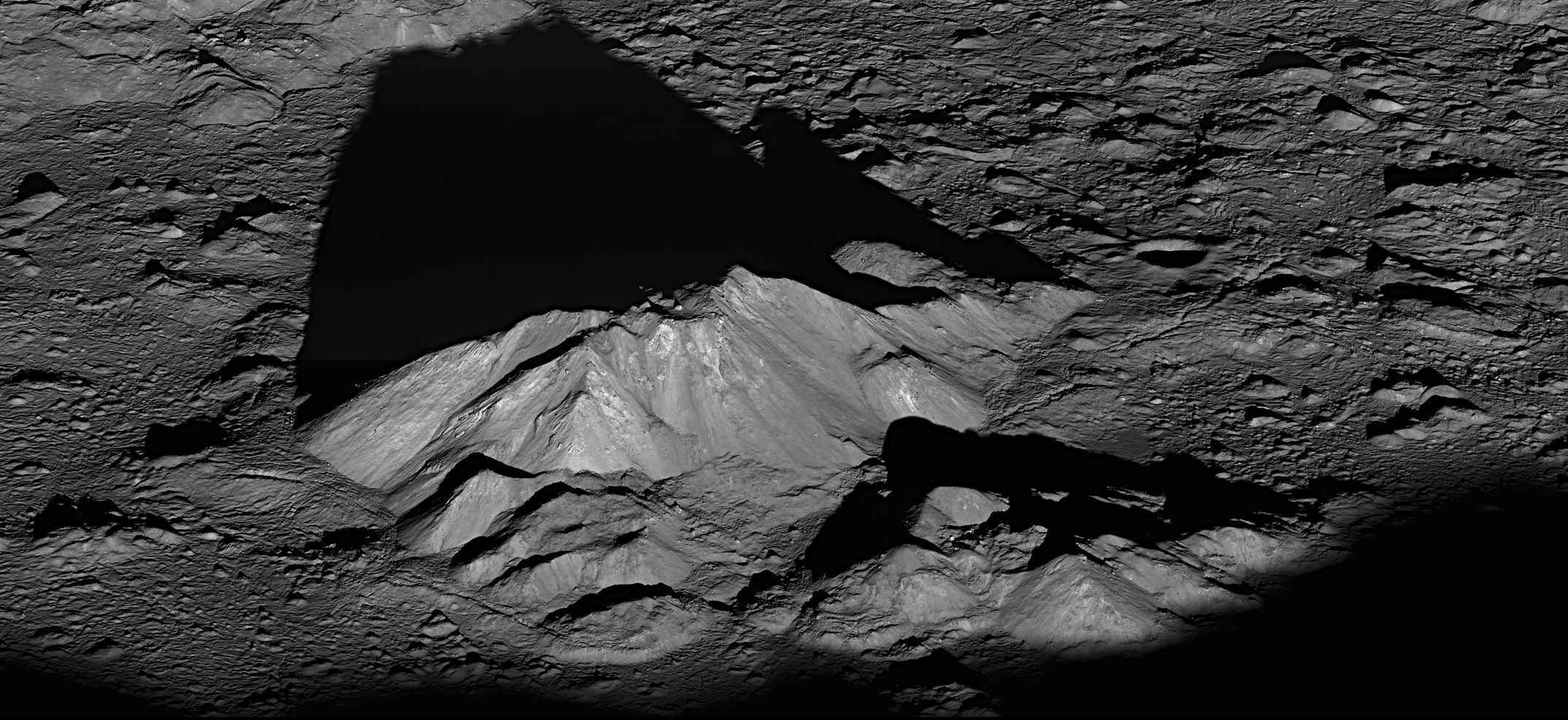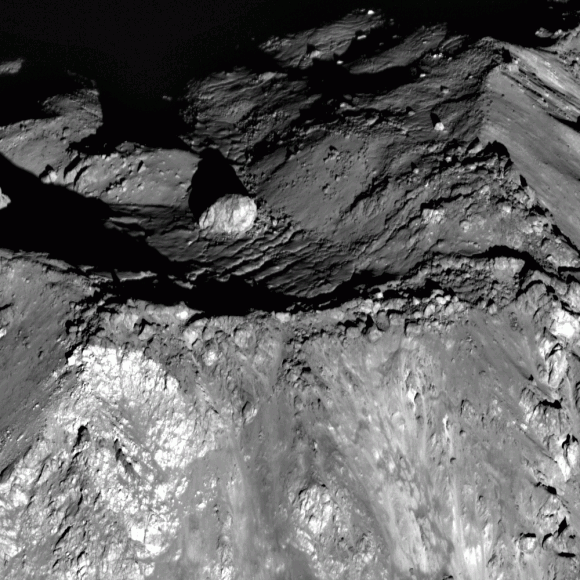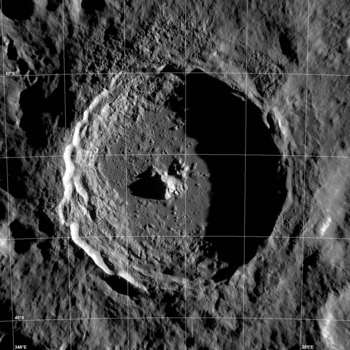Everyone loves taking pictures of the Moon. Whether it’s with their phones or through the wonders of astrophotography, photographing the Moon reminds us about the wonders and awesomeness of the universe. But while we can take awesome images of the whole Moon from the Earth, it’s extremely difficult to get close-up images of its surface given the enormous distance we are from our nearest celestial neighbor at 384,400 km (238,855 mi). This is because the closer we try to zoom in on its surface, the blurrier, or more pixelated, the images become. Essentially, the resolution of the images becomes worse and worse. But what if we could take high-resolution images of the Moon’s surface from Earth instead of relying on satellites presently in lunar orbit to take them for us?
Continue reading “A Green Bank Telescope Prototype Radar System Can Image the Moon in High-Resolution and Detect Asteroids”A Green Bank Telescope Prototype Radar System Can Image the Moon in High-Resolution and Detect Asteroids




